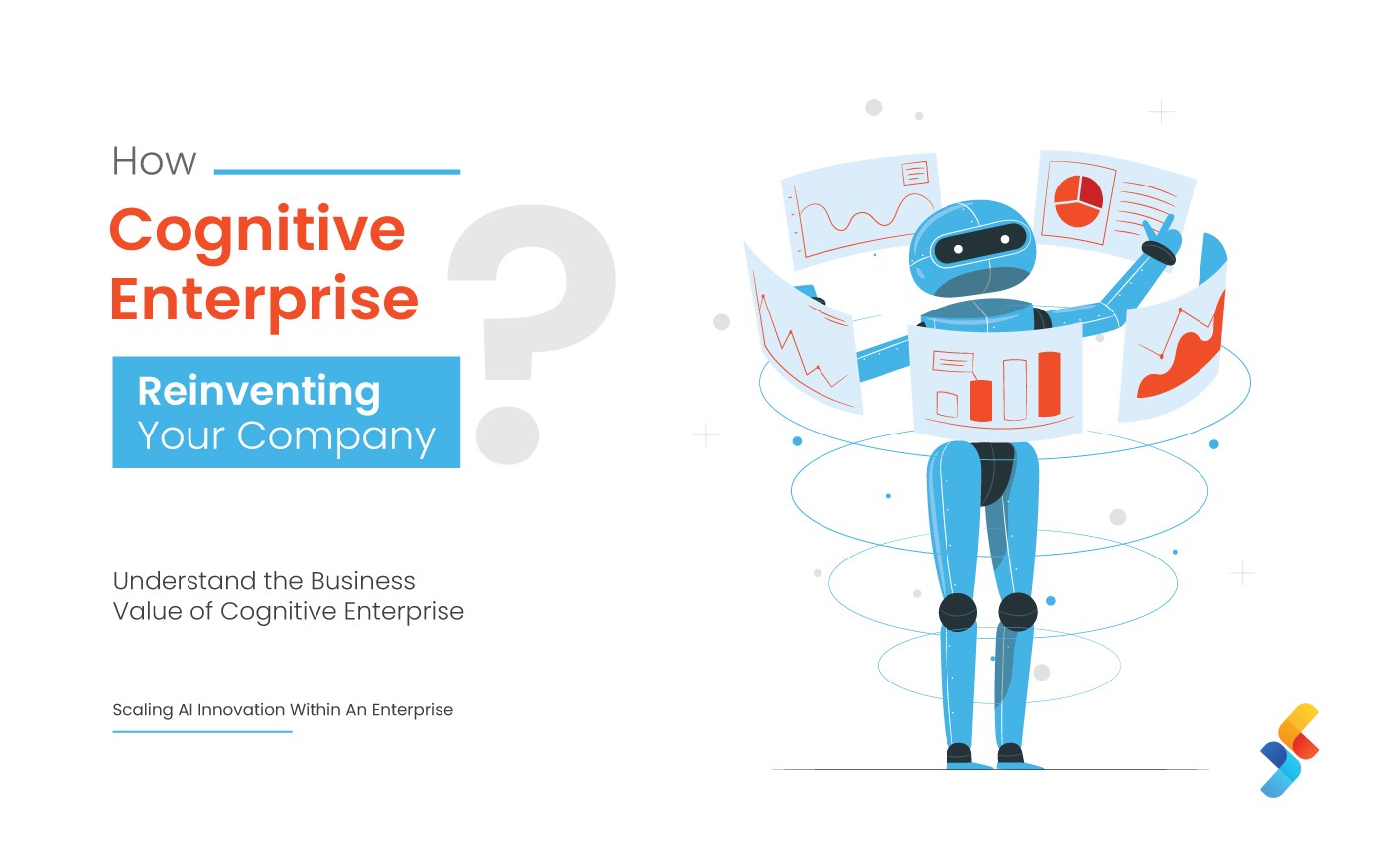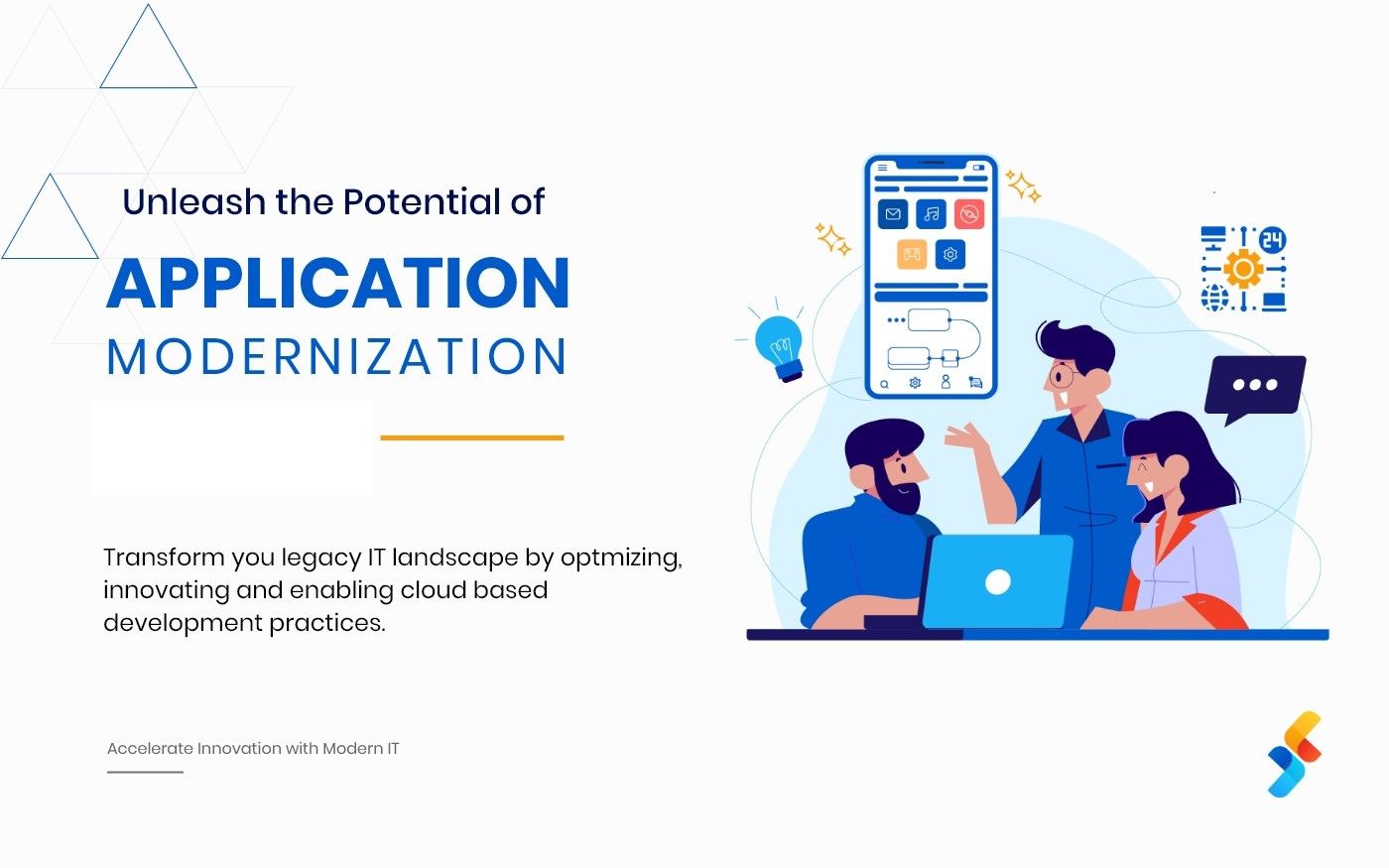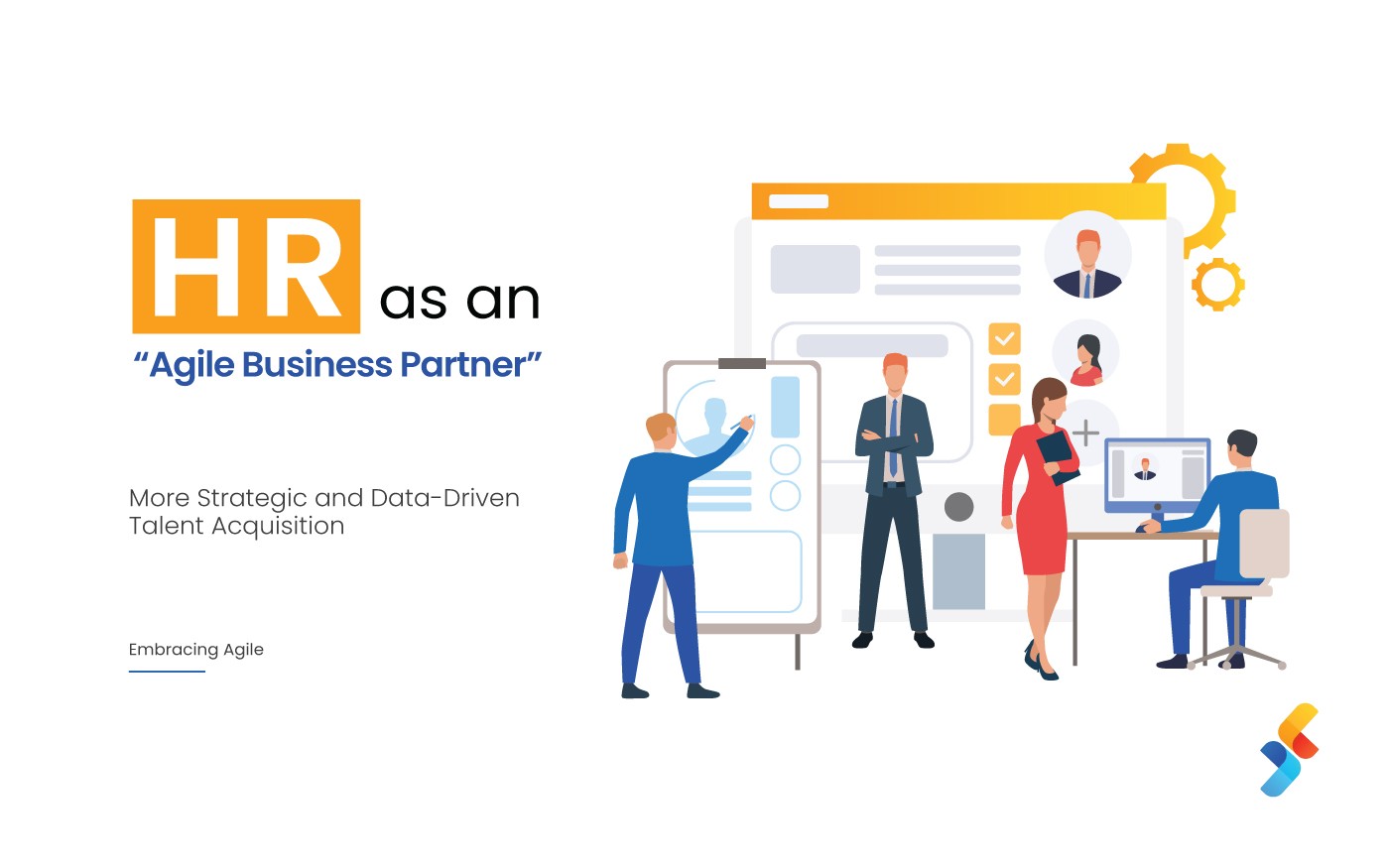A smoothly running business requires a lot of effort to run efficiently. Several complex processes need to get assimilated in their functions and integration of those processes leads to the development of hitch-free operations. There are two types of processes in business operations; one, the repetitive, mundane jobs that only need practice and the latest information, and secondly, the jobs that need actual human intervention to get completed.
Categorically, the latter category is still to be pursued for digital transformation, but for the former category of jobs, there are now digital functionalities that can complete these processes by ease. This discipline is called Business Process Automation (BPA) and can simply be demarcated as the digital automation of complex business processes.
Business Process Automation Overview
You must be aware that a business needs several rule-driven, workflow-based functions to run smoothly. BPA can be used to implement the automation of these repetitive jobs that are governed by pre-set guidelines.
This functions to improve the workflow and develop the existing workforce to provide an output that is better in both functional and performance aspects. However, in many cases, it has been seen the complexity of systems in place is becoming a hindrance in implementing an effective automation solution.
Development from mechanical to processes
Now automation of processes is not uncommon in business, especially in the manufacturing sector. There have been robotic machines that were used to perform dangerous or repetitive tasks that ultimately produced a product with better specifications and the minimum amount of human error.
The reason for RPA and BPA is simple — organizations are losing a whopping $140 billion every year in wasted time, lost opportunities, and duplication of efforts. Plus, 90% of employees are burdened with repetitive or mundane tasks which can be automated to great effect
This means that BPA has the potential to not only cut unnecessary expenditure but also reduce the cost of getting the work done. This double upshot provides a massive impetus for organizations to go in for process automation.
At that time, the official processes were done solely by humans; with the application of computers, the process just became faster. Human efforts and labor were still there, only the calculation and analysis were done digitally. There was almost no digital involvement to manage the workflow of information.
New developments
With the advent of digital software and other programming assistance, the job became much easier. In recent times, the newly developed “software robots” are becoming useful in performing a double-pronged approach. Firstly, they are becoming instrumental in proficiently managing the data workflow, and secondly, they do not disturb the chain of work, but work in the background to complete tasks for the future, subject it to specified conditions and escalate it to ensure a greater sophistication and expansion of possibilities which were not possible through mechanical automation alone.
The benefits of BPA
The process of BPA is now becoming easier due to the application of “software robots”. The help they provide encompass the full process and the automation becomes stress-free. The advantages that this new approach of BPA offers to the business processes are;
Productivity
The foremost benefit that these software bots provide is the increase in productivity. This becomes possible because of two reasons,
- Efficiency gets a massive surge as these software programs work without getting tired, and does not commit any sort of mistakes.
- The software does not miss any deadlines provided the information required is correctly fed in the system.
- The completion of the assigned workflow becomes accelerated as the response time quickens to instantaneous.
Moreover, as the number of workers is reduced after the implementation of BPA; the company can save money on the overhead. Able-minded workers could be assigned to solving more complex yet unnecessary problems rather than wasting time behind a mundane repetitive process.
Precision and reliability of data
There is a popular adage, “machines do not make mistakes”. Quite true, as the machine blindly follows the person who gives it an order; either by vocal, switches or in the modern age, computer programming. This is also true for this new software bots. They never differ from their chosen actions, unless ordered to do so. This ensures better compliance with the existing laws and an audit trail. The inadvertent human error has less chance of occurring and the output of the process is guaranteed consistent.
Cost reduction and increased profit
Using this novel software tools ensure that the cost of completing a project goes down. When you can spare the cost of maintaining labors, the cost of overhead will go down. Additionally, the workers who were attached to these repetitive works could now be engaged in other high value and complex projects. Such a division of duties can be beneficial in the financial and work sectors. The workers feel their increased value and are subjected to a deeper sense of fulfillment.
Accessible and elastic
Being software, there is no chance of the human problem of achieving proficiency in a single subject. The software can be programmed to complete any type of job and it can perform the interlinking of two different jobs also. If the business requires so, the software robots can be commanded to work across departments, with a digital conversation across many projects, so that a single system can complete a lot of interrelated jobs.
Which functions can use BPA?
The jobs of every department are specific and are required to keep the company running. There are some functions which can be performed with these “workbots”. To know on which jobs you can apply this software, look for the following pointers in them;
- Tasks following a set of rules
- A job with anticipated inputs and outputs.
- Monotonous and/ or labor-intensive tasks.
- Tasks with high-volume of work.
Case in point, suppose you need to prepare a quotation for a client on-the-go. What are your steps to follow? These are more or less generating the quotation, letting your superiors know, getting approval, attaching the document, queuing it and sending it to the customers. To do each of these jobs will require considerable man-hours. With help from software used in BPA, the jobs could be done automatically and the person can concentrate on other complex targets.
To conclude
Although, the implementation of BPA in the existing system has to be done with care. First and foremost, it must be understood that the existing resources must be adapted to the working of BPA so that the cost of implementing a system from scratch is lessened. To add on to it, you must also ensure the assured chance of productivity improvement, error-free delivery, and scalable system of programmed job accomplishment.












